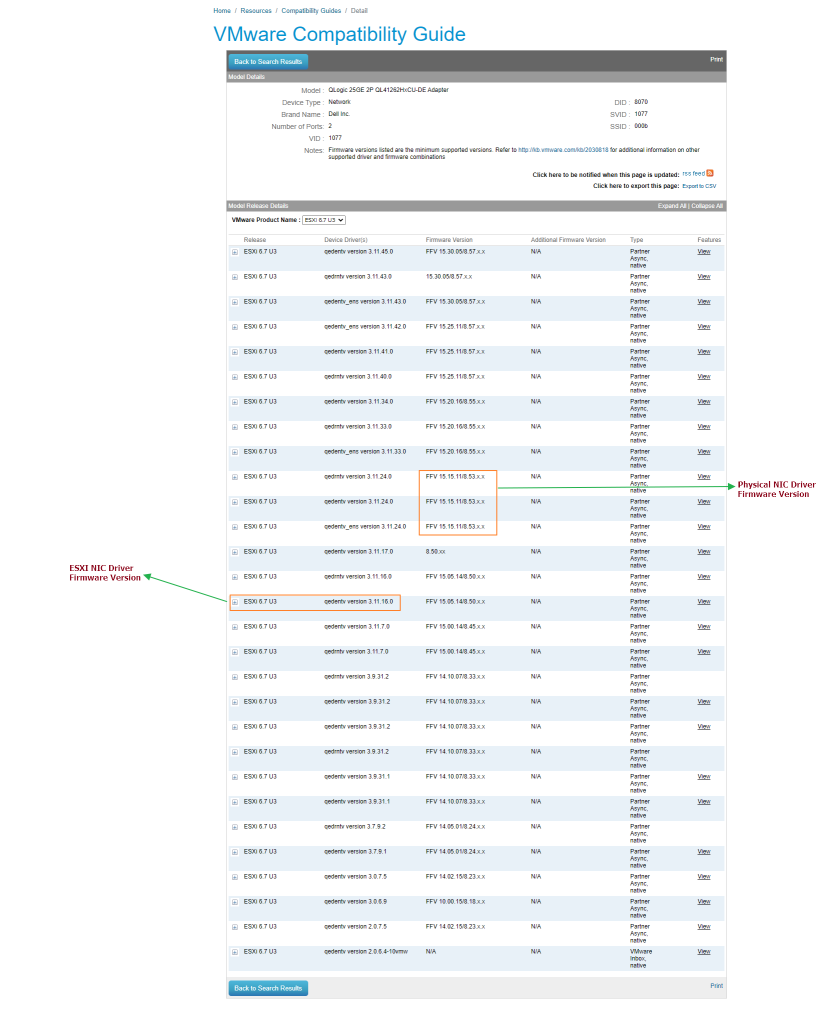Great Comprehensive Post on How to Check for VSAN Issues in your Environment !!
Hope you are doing all great, for today’s post I wanted to put together some of the commands/troubleshooting I’ve had used with VMware vSAN,
Identify a partitioned node from a VSAN Cluster(Hosts)
What a single partitioned node looks like:
~ # esxcli vsan cluster get Cluster Information Enabled: true Current Local Time: 2020-10-25T10:35:19Z Local Node UUID: 507e7bd5-ad2f-6424-66cb-1cc1de253de4 Local Node State: MASTER Local Node Health State: HEALTHY Sub-Cluster Master UUID: 507e7bd5-ad2f-6424-66cb-1cc1de253de4 Sub-Cluster Backup UUID: Sub-Cluster UUID: 52e4fbe6-7fe4-9e44-f9eb-c2fc1da77631 Sub-Cluster Membership Entry Revision: 7 Sub-Cluster Member UUIDs: 507e7bd5-ad2f-6424-66cb-1cc1de253de4 Sub-Cluster Membership UUID: ba45d050-2e84-c490-845f-1cc1de253de4 ~ #
What a full 4-node cluster looks like (no partition)
~ # esxcli vsan cluster get Cluster Information Enabled: true Current Local Time: 2020-10-25T10:35:19Z Local Node UUID: 54188e3a-84fd-9a38-23ba-001b21168828 Local Node State: MASTER Local Node Health State: HEALTHY Sub-Cluster Master UUID: 54188e3a-84fd-9a38-23ba-001b21168828 Sub-Cluster Backup UUID: 545ca9af-ff4b-fc84-dcee-001f29595f9f Sub-Cluster UUID: 529ccbe4-81d2-89bc-7a70-a9c69bd23a19 Sub-Cluster Membership Entry Revision: 3 Sub-Cluster Member UUIDs: 54188e3a-84fd-9a38-23ba-001b21168828, 545ca9af-ff4bfc84-dcee-001f29595f9f…
View original post 1,361 more words






